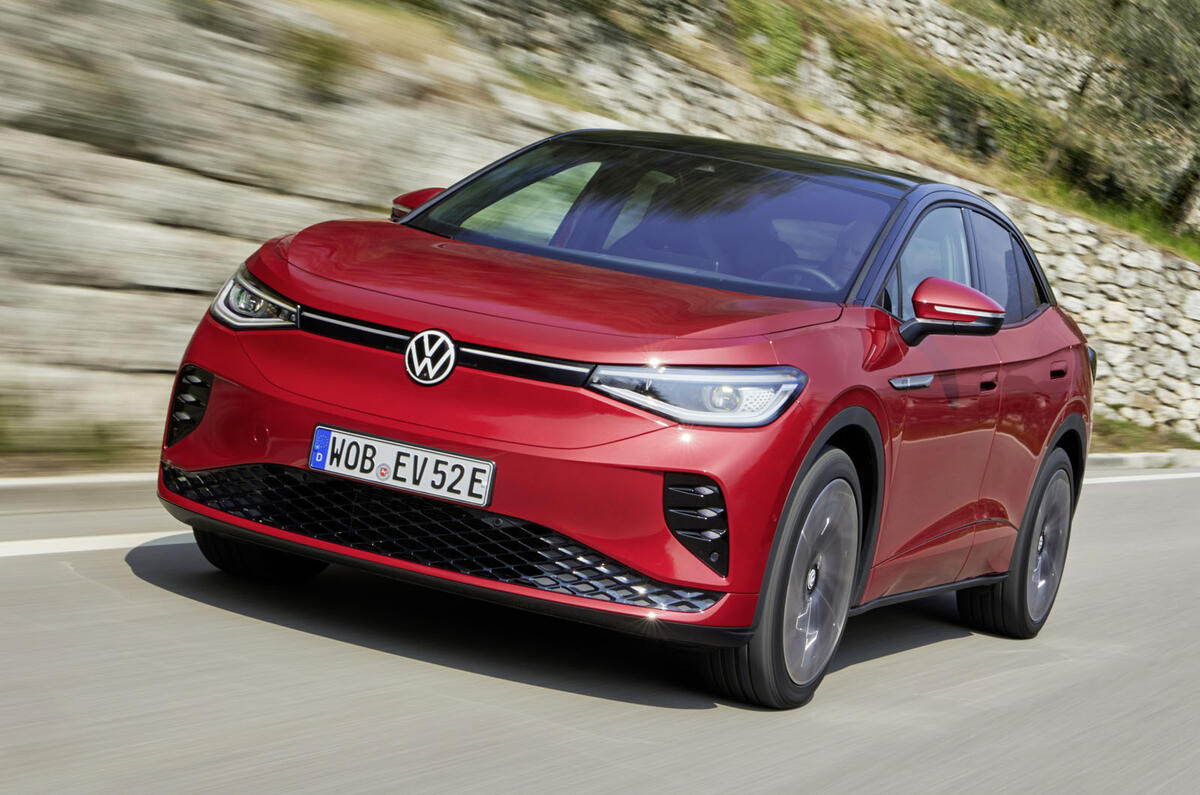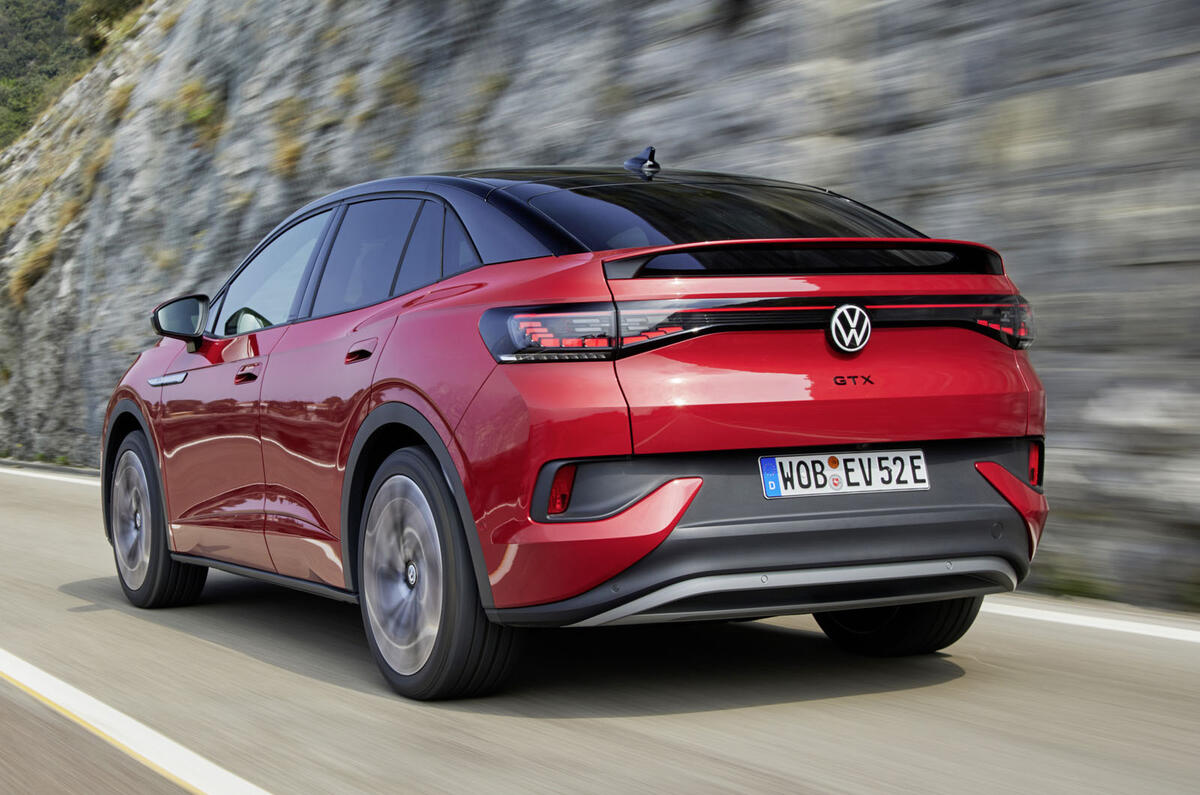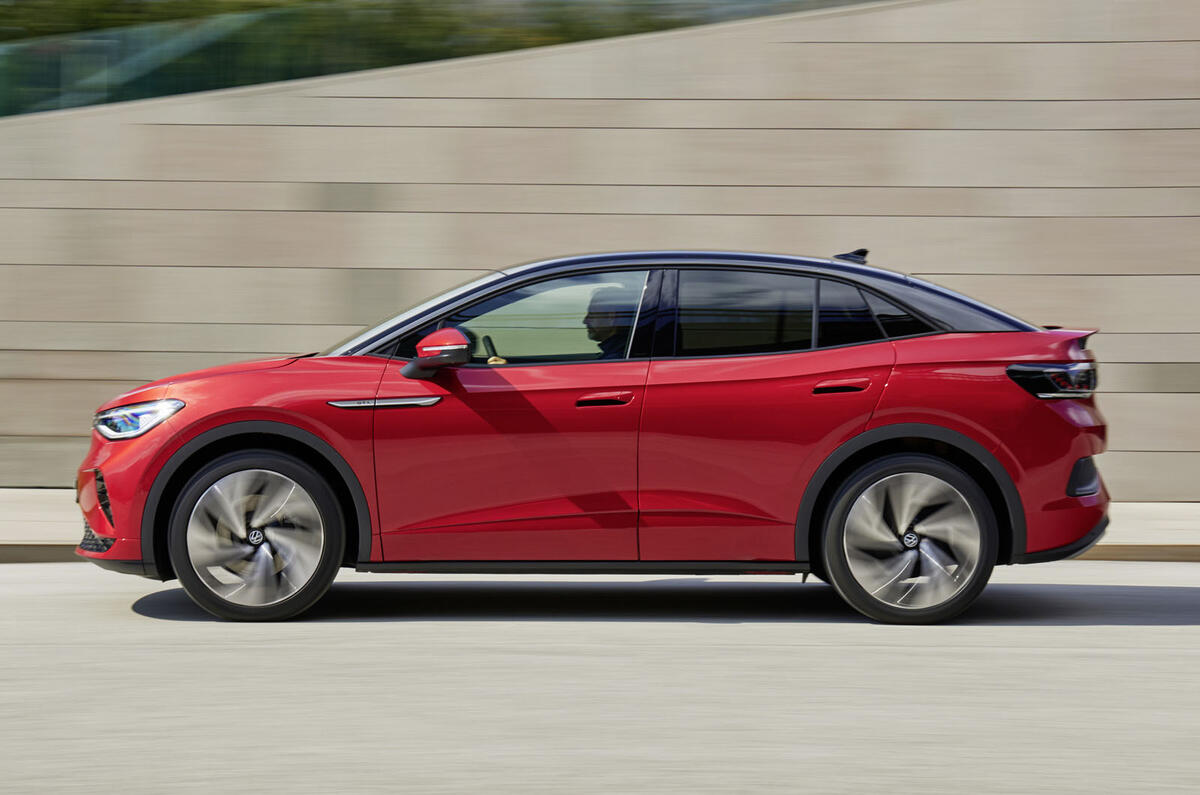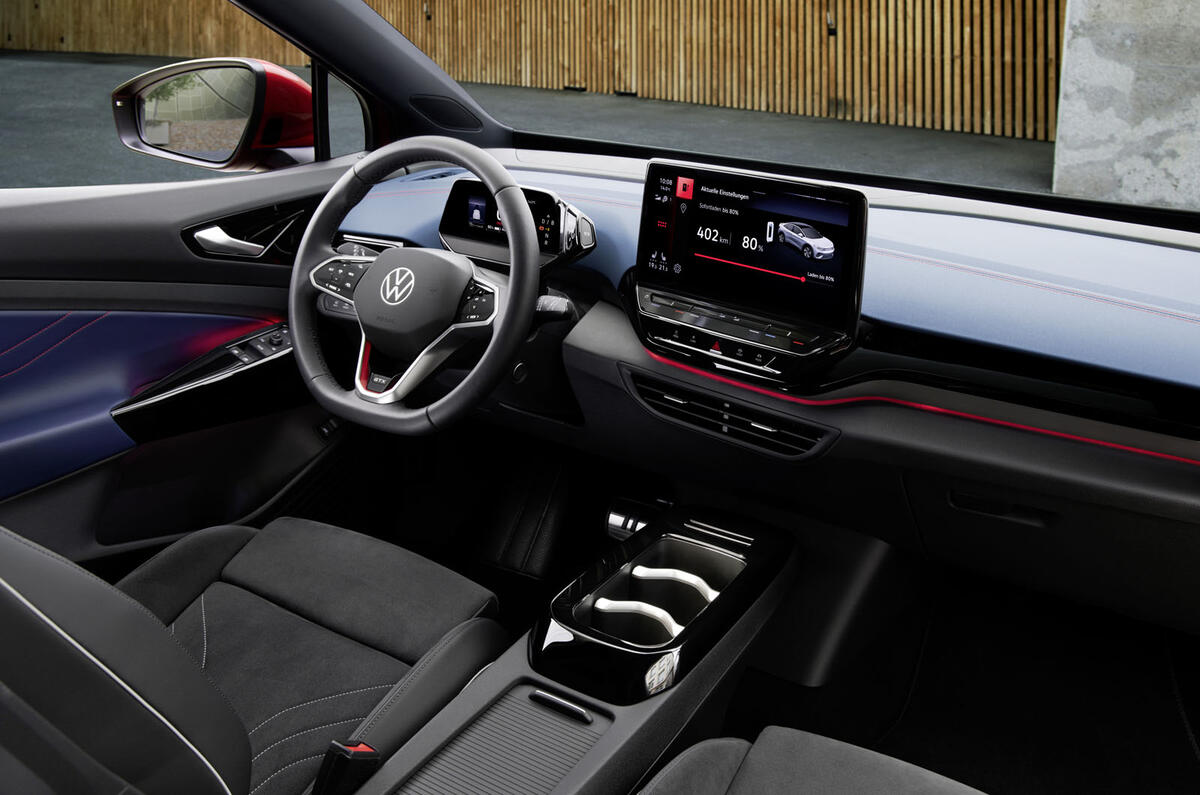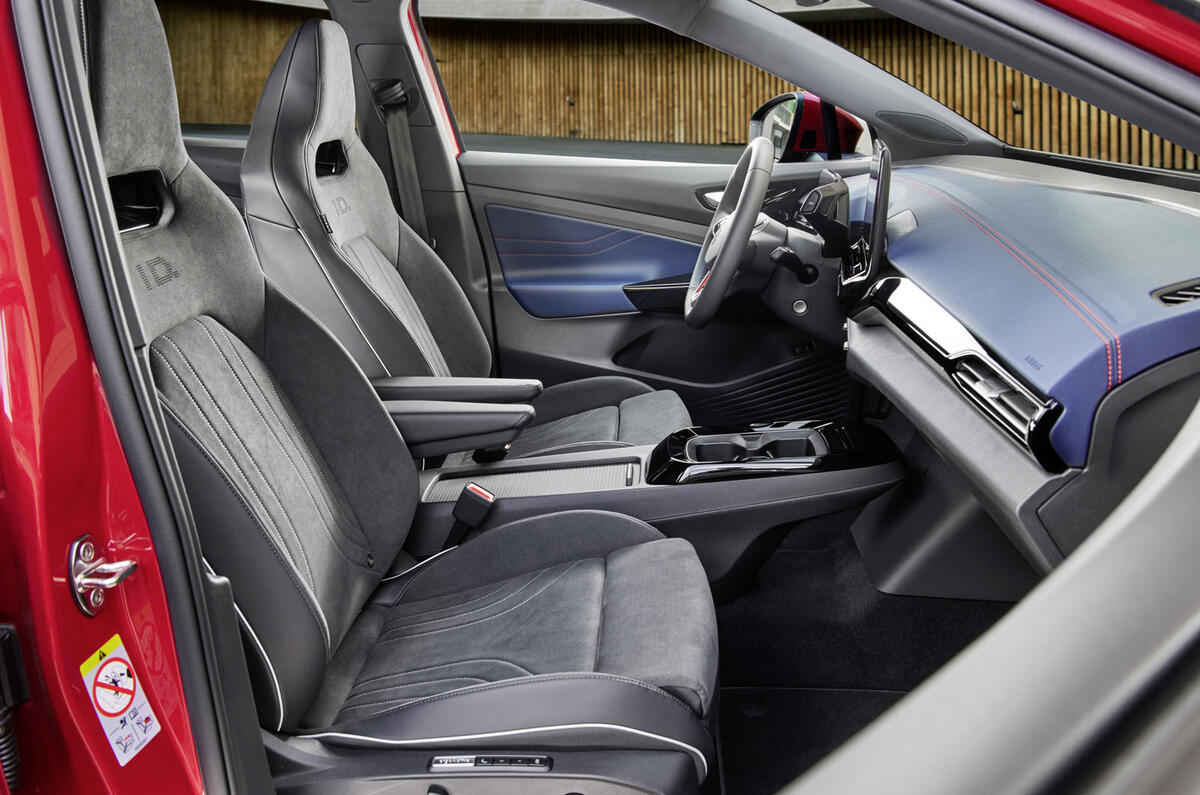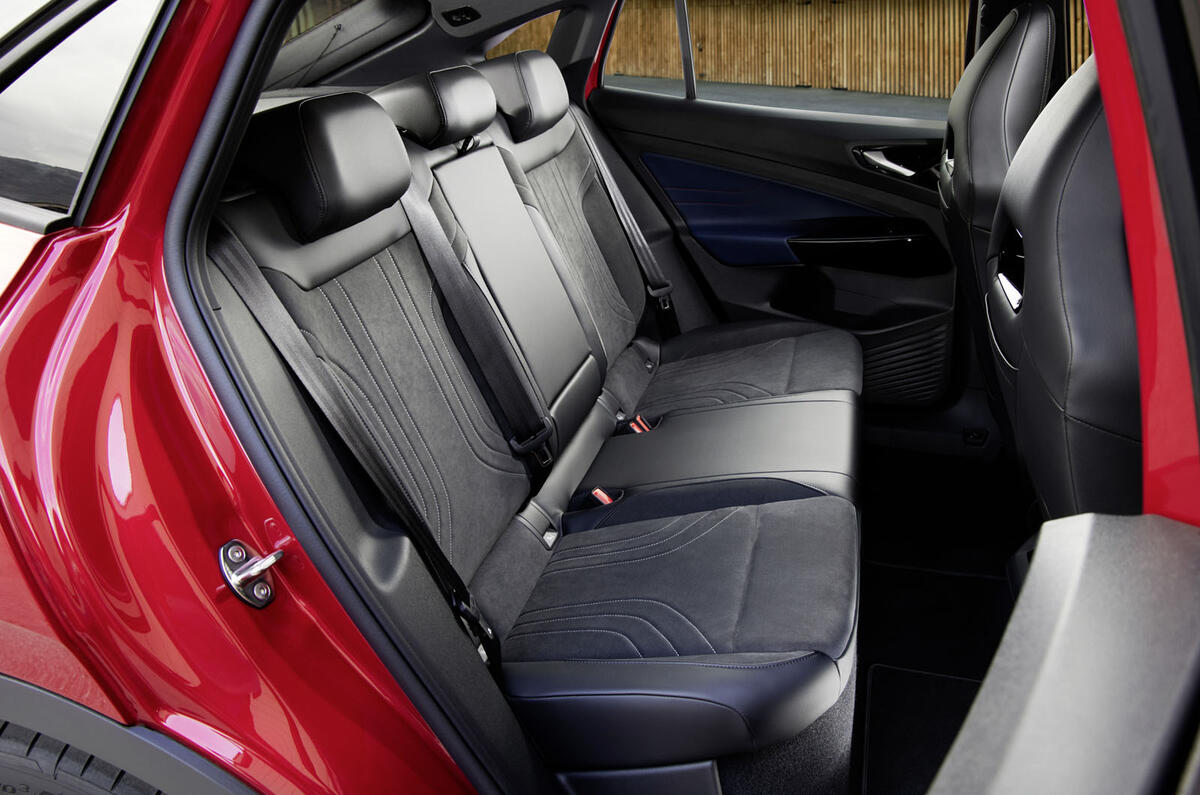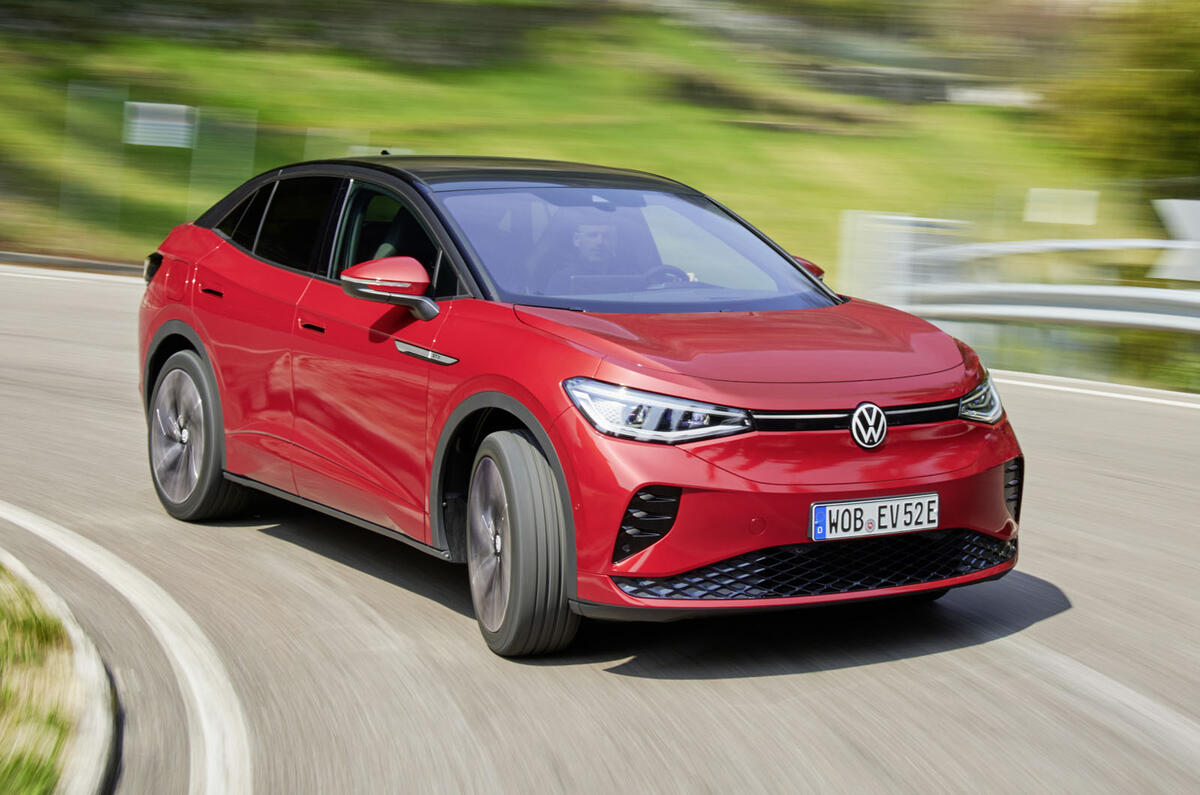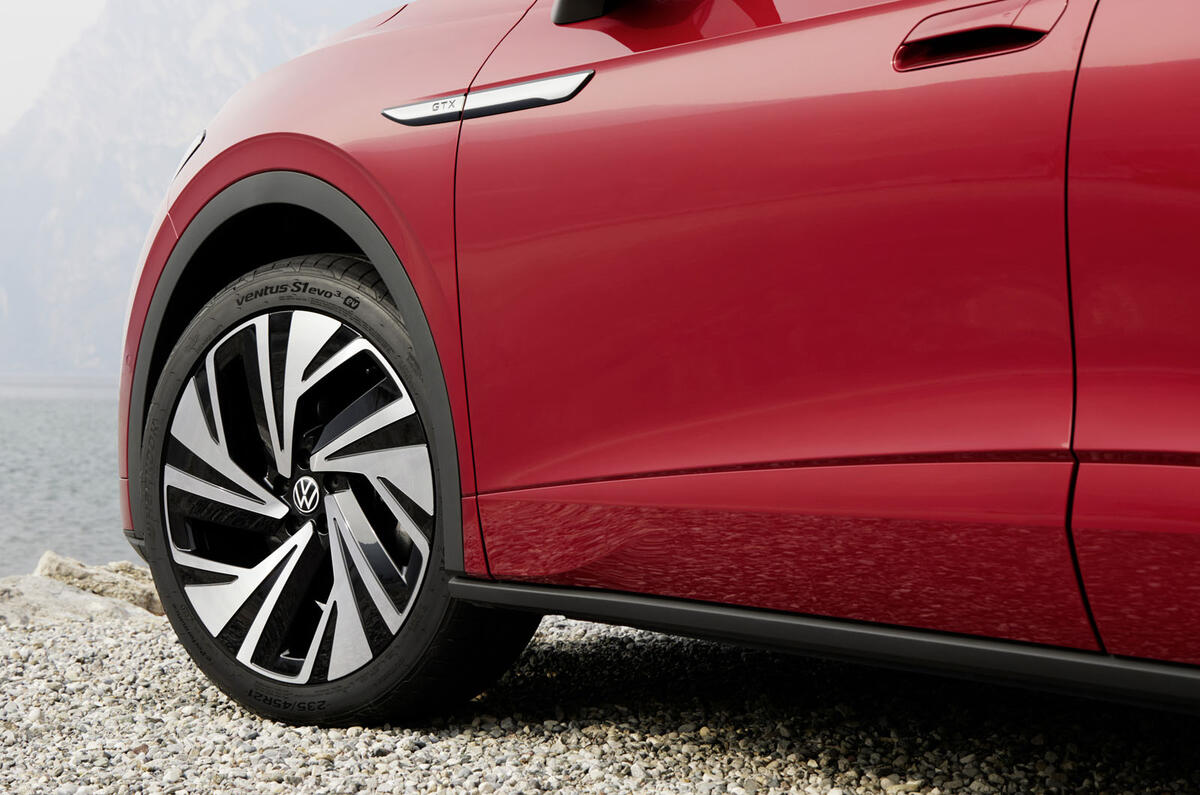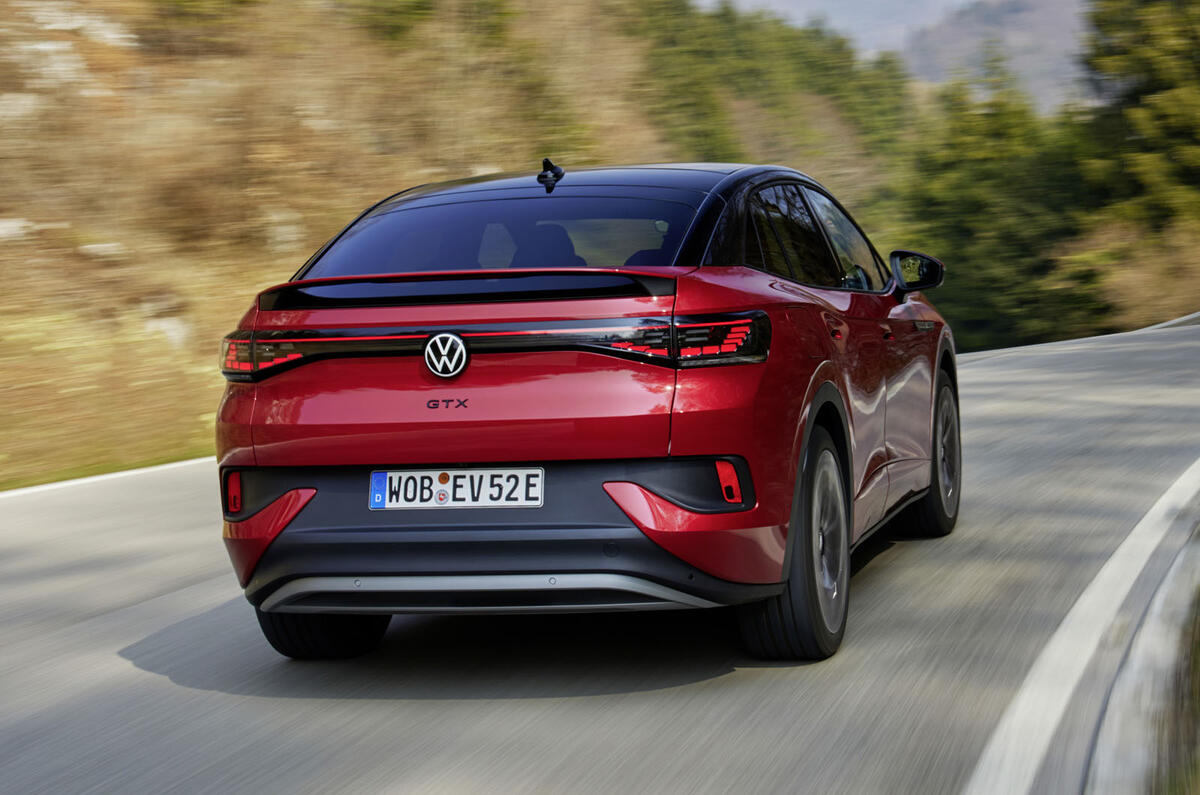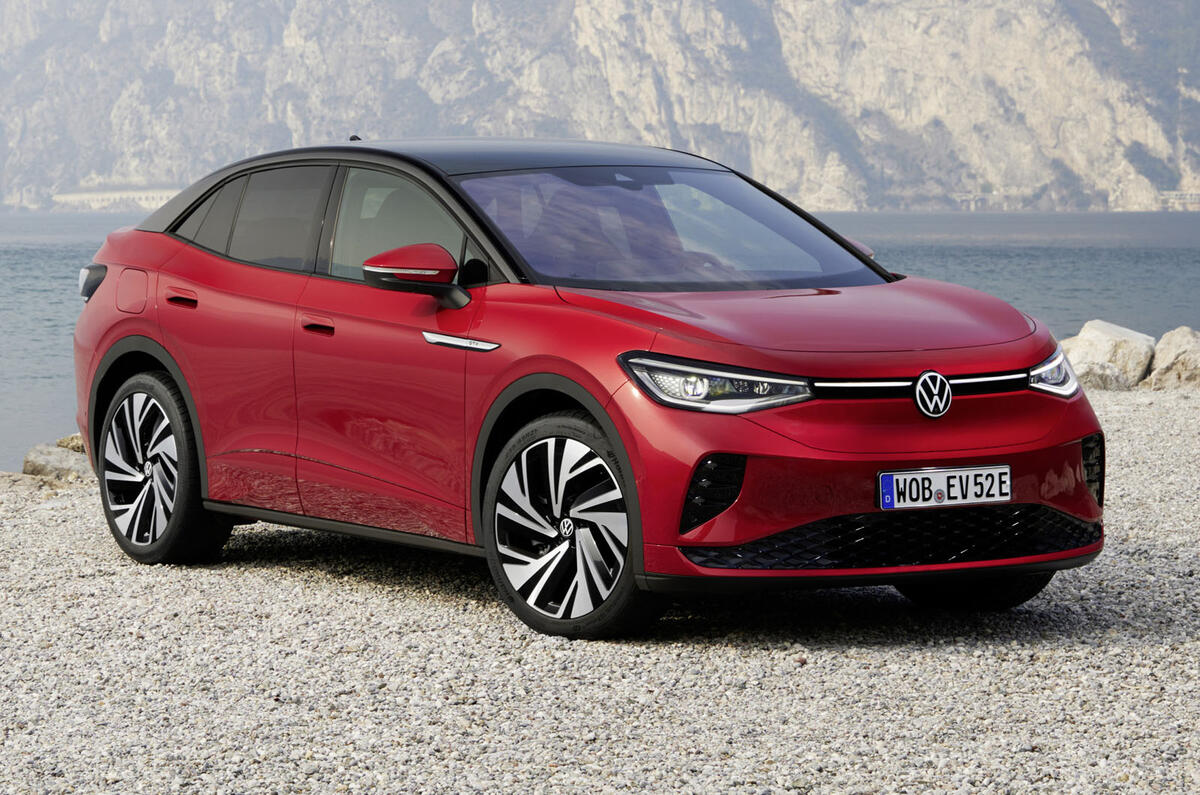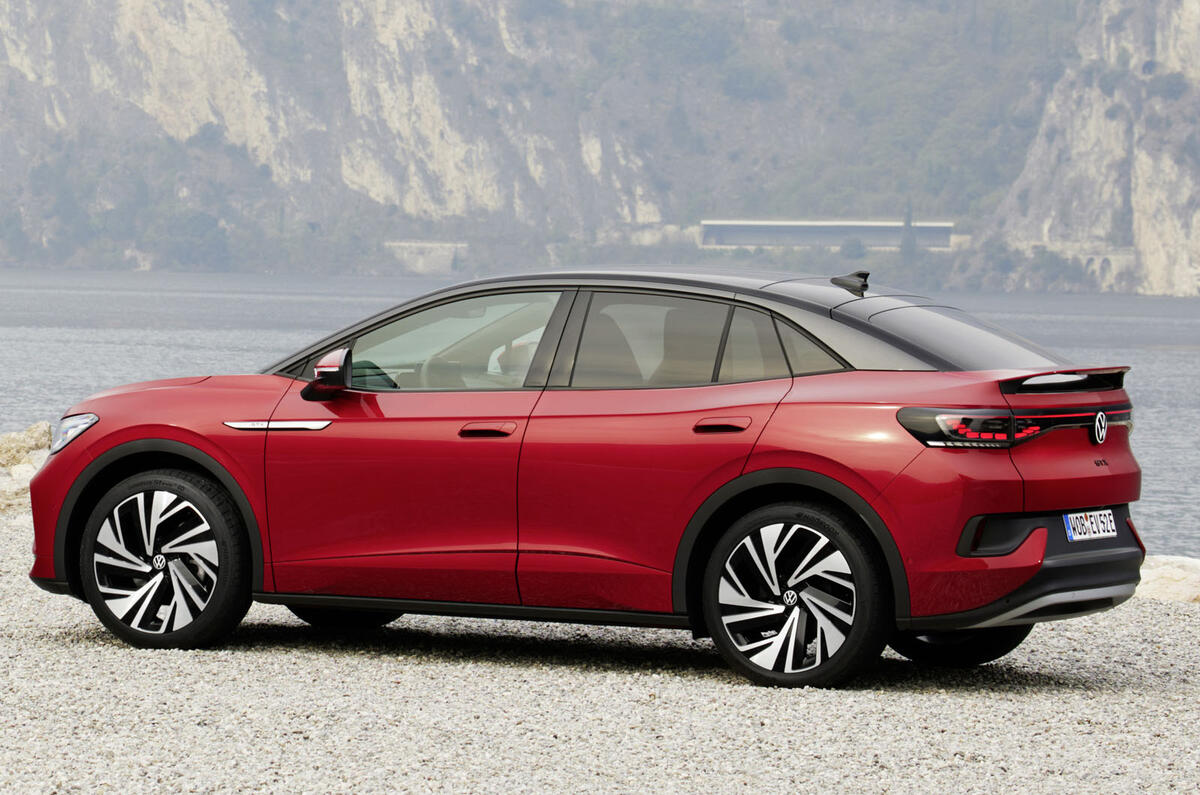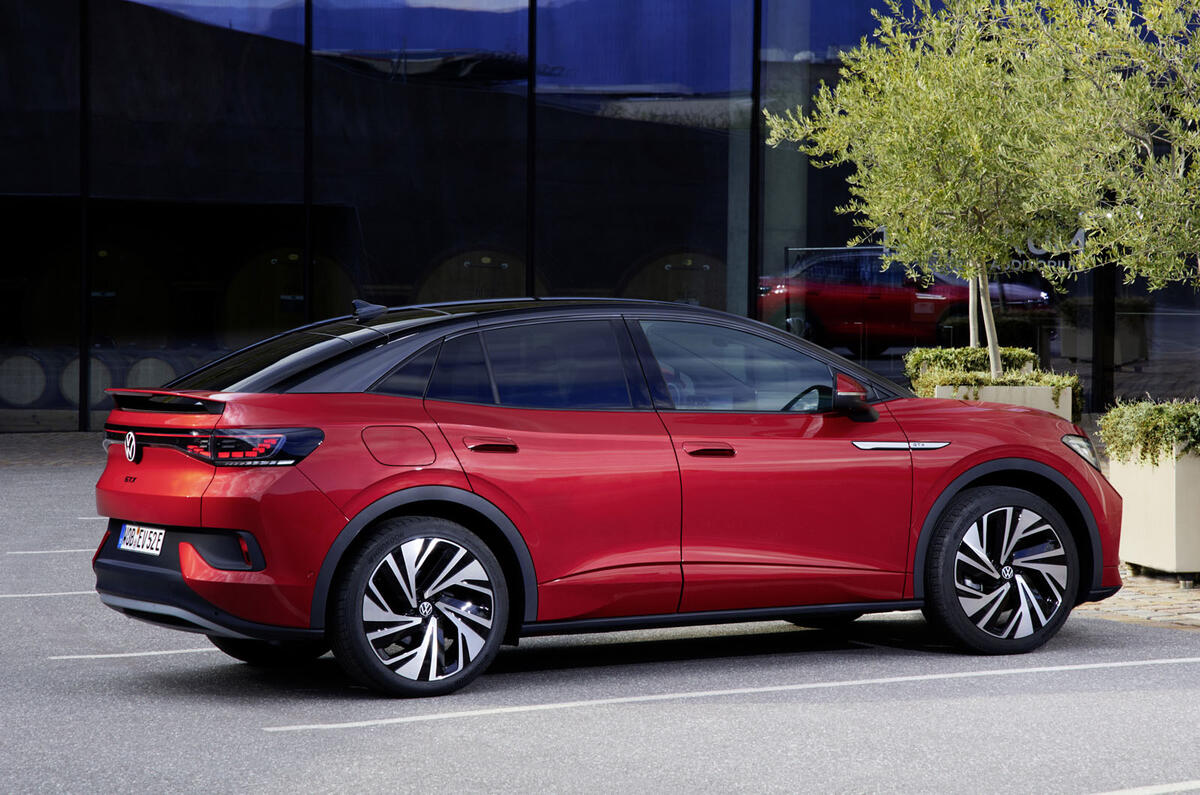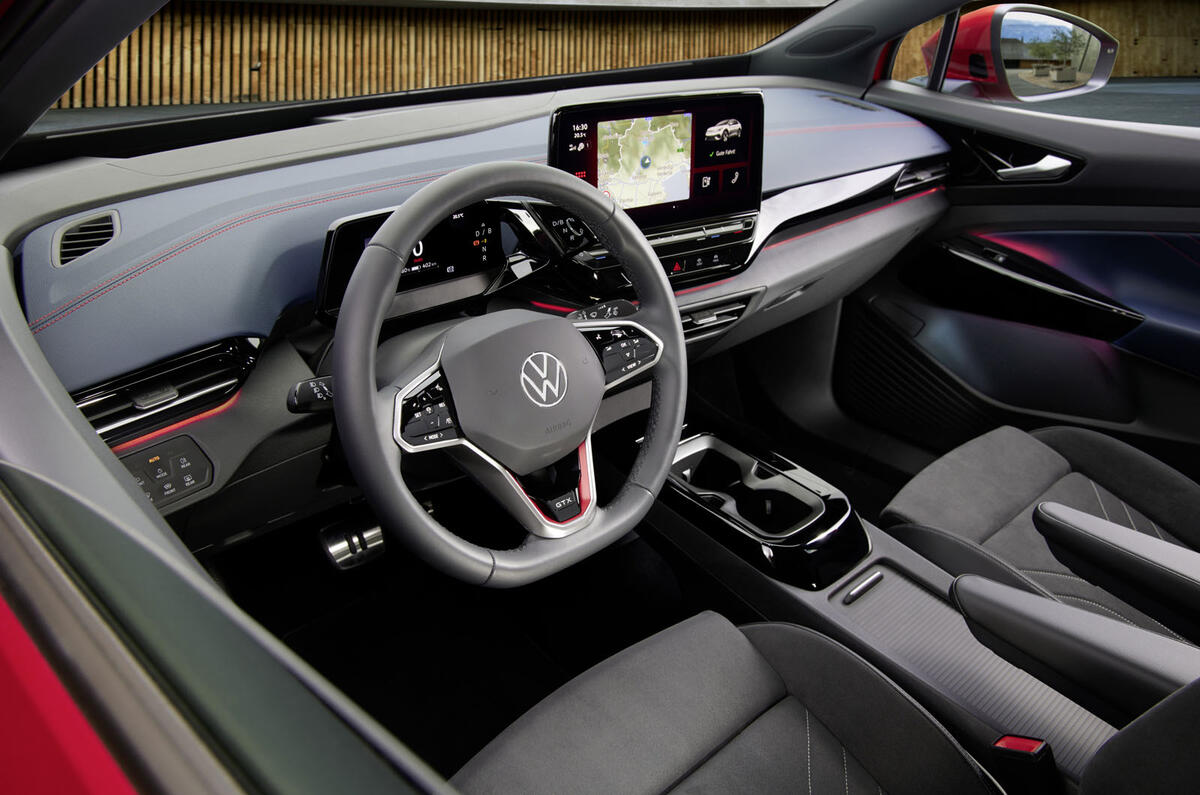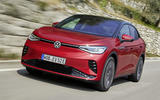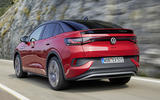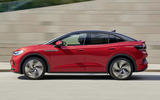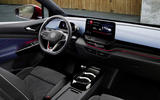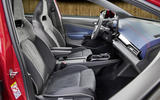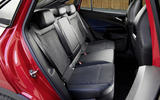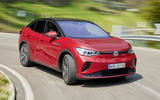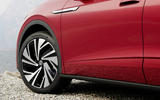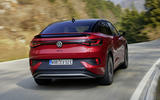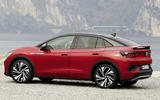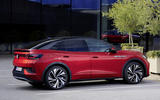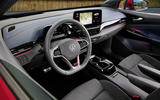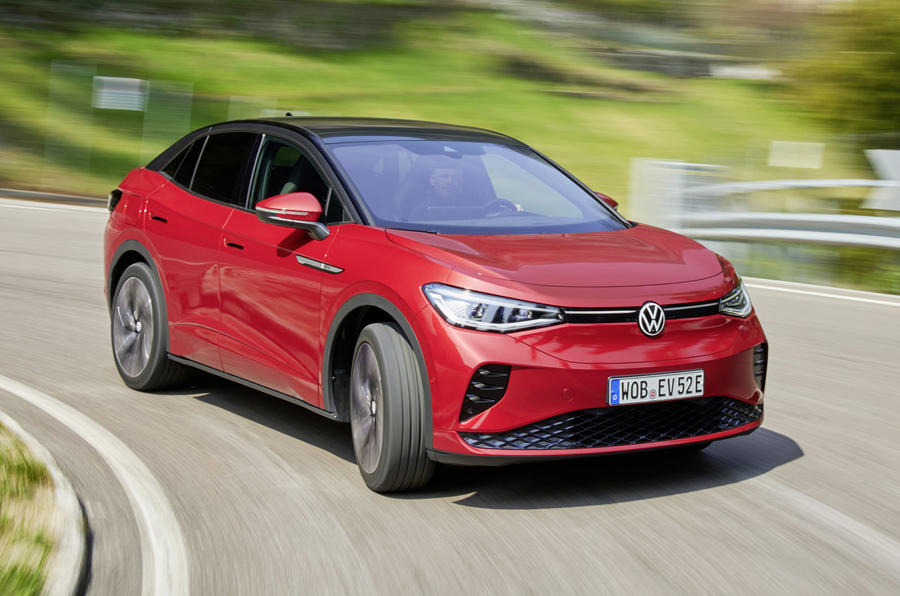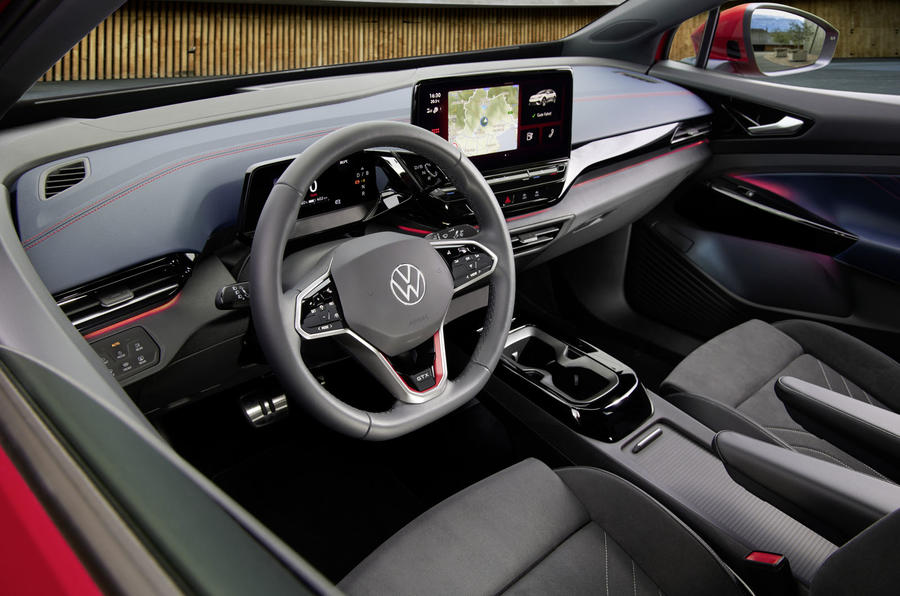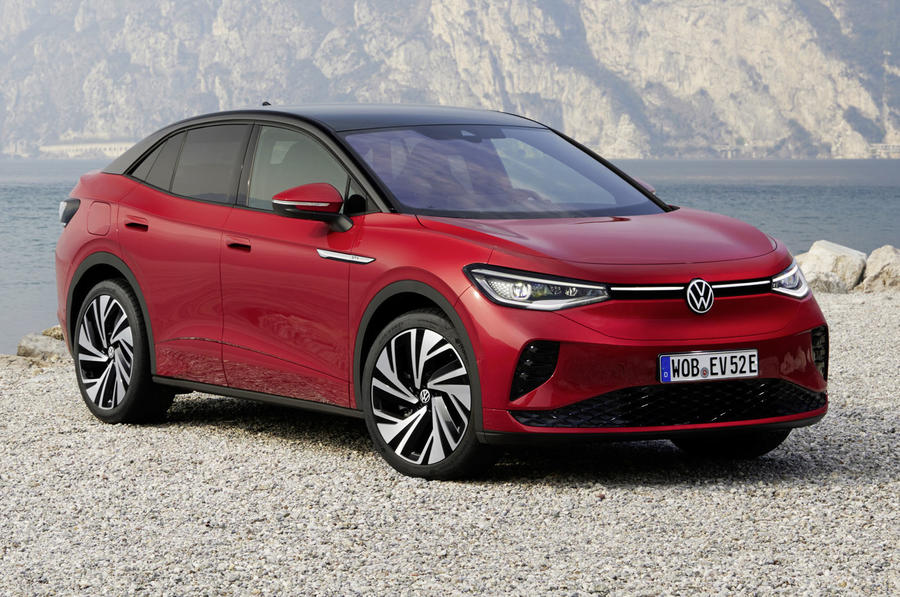Viewed from inside, from the B-pillar forwards or from underneath, telling the new Volkswagen ID 5 apart from the straighter-backed Volkswagen ID 4 launched last year will be no mean feat.
After all, they each use the Volkswagen Group’s MEB EV architecture, can both be had with a rear or four-wheel-drive powertrain and offer broadly comparable performance and efficiency statistics.
But because the roofline on this – Volkswagen’s third bespoke electric car and the ninth (yup, ninth) entry into its swelling SUV portfolio – slopes towards the rear for a more aerodynamic and coupé-esque profile, it’s treated as a brand new model. Much like the closely related Audi Q4 E-tron Sportback and Skoda Enyaq iV Coupé, both also rakish roofed variants of conventional mid-size electric SUVs.
Right, got all that? Let’s crack on.
The ID 5 is available from launch with a choice of two single-motor, rear-wheel-drive powertrains, one with 172bhp and the other with 201bhp, or, in the range-topping GTX guise driven here, with a dual-motor, four-wheel-drive set-up good for 295bhp and 0-62mph in 6.3sec.
A 77kWh battery is standard across the line-up, giving a range of between 304 and 323 miles depending on the specification (very slightly up on the more upright ID 4).
Volkswagen is at pains to muffle any direct comparison between the hallowed GTI name and the products from this new electric performance family. GTX, it says, is to the ID 5 “what the GTE and GTD models are for the Golf”, which is to say better equipped, more aggressively styled and more powerful but not necessarily – as implied by the omission – a tangibly keener steer.


